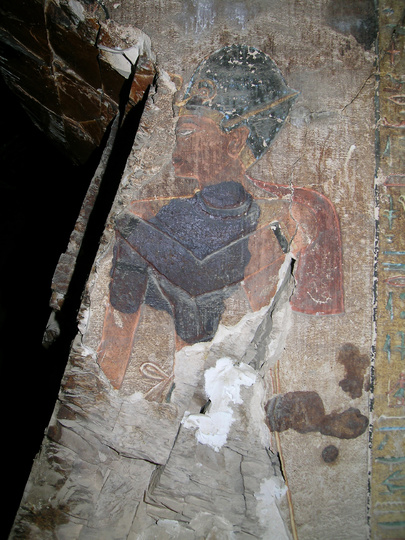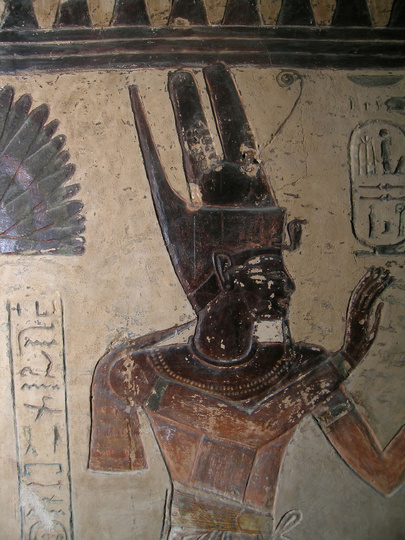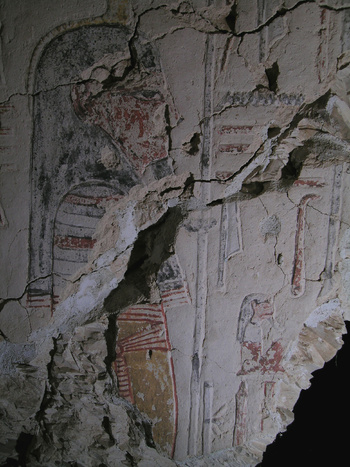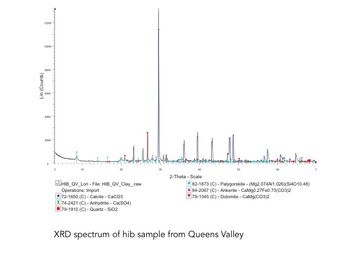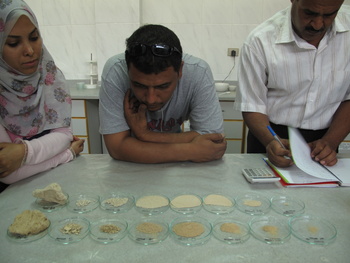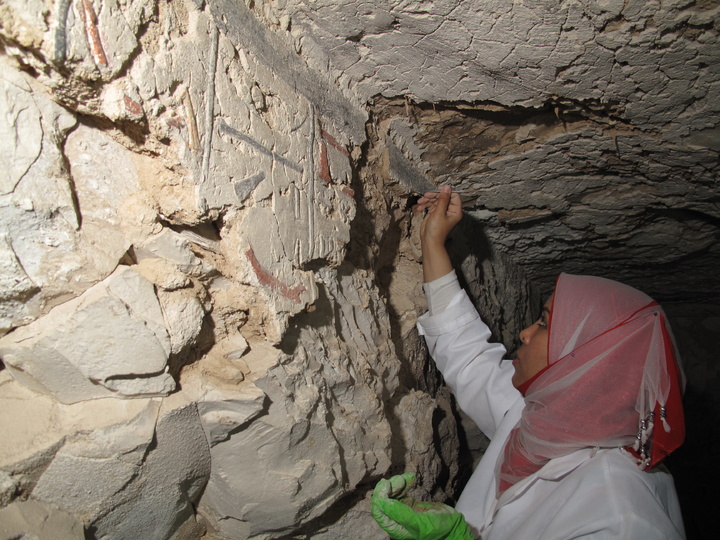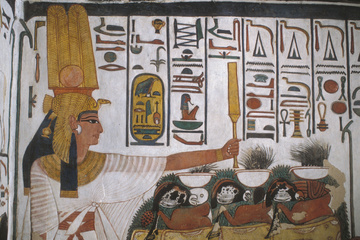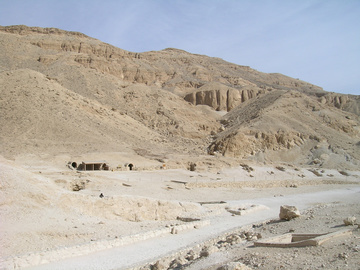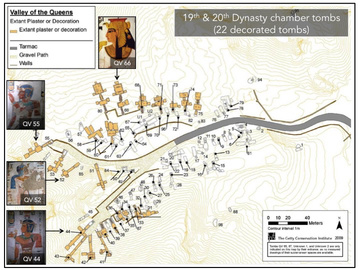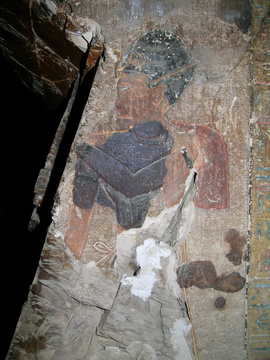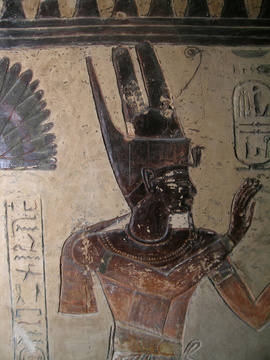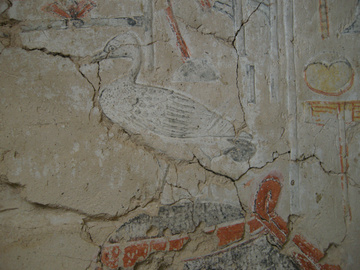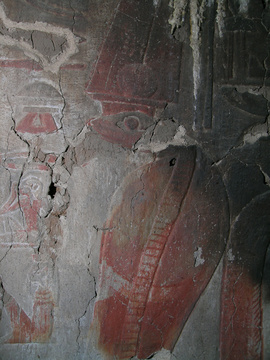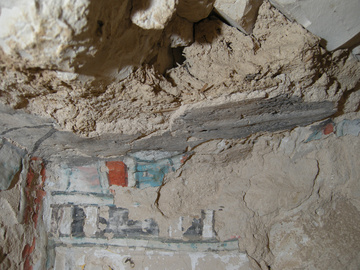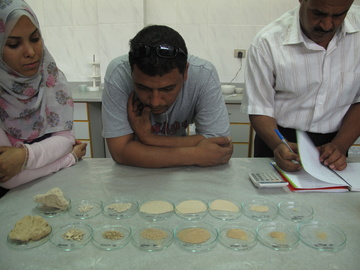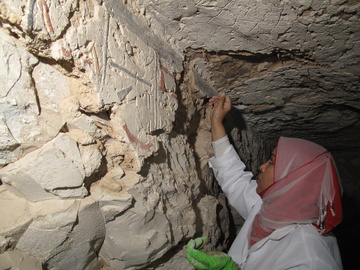Some issues remain to be addressed. Despite broad similarities, hiba locations vary in their mineralogical composition, which could influence repair plaster behavior. There is also the problem of matching repairs to original plasters that, as already mentioned, differ in their aggregate-binder types and combinations. For example, a small number of the analyzed Queens Valley plasters showed significant anhydrite content, indicating that these probably had gypsum intentionally added to improve their setting reactions. These examples included ceiling plasters, where a faster rate of set would have been a desirable property. Clearly, then, the ancient craftsmen were aware of the properties different materials could promote in their plasters, leading to a wide variety of types that were formulated for different purposes.
Further research has therefore been carried out on an expanded sample set to address these issues. Analysis and testing focused on the behavioural properties of hibas, including their responses to water, and performance criteria such as compressive strength, water vapor permeability and porosity. Knowing that opportunities for analysis of Egyptian plasters are rare, and that on-site resources for developing compatible repair plasters can be scarce, the principal aim is to develop an accessible repair methodology. It is anticipated that this will include guidelines and basic field-tests to aid the selection and formulation of hibas as compatible repair materials; publication of the research is also planned. It is hoped that this will provide a benchmark for improving the conservation of tomb paintings in the Theban area.
Acknowledgements
The work presented here is one component of the Conservation and Management of the Valley of the Queens project at the Getty Conservation Institute under the direction of Neville Agnew and Martha Demas. Particular thanks are also due to our dedicated team of Luxor-based SCA conservators, to Hamza Associates for undertaking the analyses as well as to GCI scientist Beril Bicer-Simsir and conservator Jennifer Porter who performed the soil testing.







